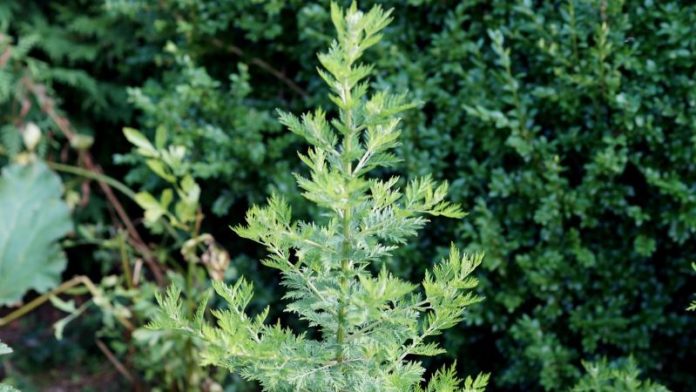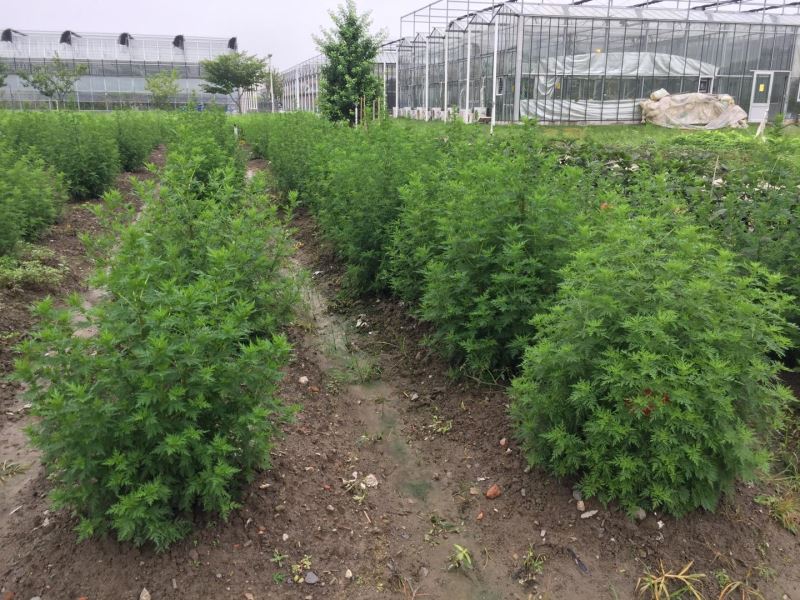Chinese Shrub Engineered to Bolster Antimalarial Compound Production
Malaria is a global health problem: in 2016 alone, there were an estimated 216 million new cases of malaria, 445,000 deaths, and nearly 1 one billion people living in areas with a high risk of the disease.
Artemisinin, an endoperoxide sesquiterpene lactone, is an effective anti-malarial compound that is synthesized in the glandular trichomes of the Chinese medicinal plant Artemisia annua. Currently, the supply of Artemisinin-based combination therapies (ACTs) is reliant on the agricultural production of artemisinin. However, plant-based production sometimes cannot meet the global demand due to the low amount of artemisinin produced in A. annua leaves (0.1%–1.0% of dry weight).
Chinese scientists have now, therefore, managed to design high-quality draft genome sequence of A. annua and their use of this information along with gene expression data to metabolically engineer plant lines that produce high levels of artemisinin.
“Nearly half of the world’s population is at risk of malaria,” says senior study author Kexuan Tang of Shanghai Jiao Tong University. “Our strategy for the large-scale production of artemisinin will meet the increasing demand for this medicinal compound and help address this global health problem.”
The A. annua genome contains 63,226 protein-coding genes, one of the largest numbers among any known plant
species. It took the team several years to complete the sequence, due to its size and complexity. Previous efforts to increase the yield of artemisinin had been hampered by the absence of a reference genome and the limited information about the genes involved in regulating the drug’s synthesis. But by simultaneously increasing the activity of three genes – HMGR, FPS, and DBR2 – the researchers generated A. annua lines that produced high artemisinin levels – about 3.2% of the dry weight of the leaves.Leveraging these findings, Tang and his team have sent artemisinin-rich seed samples to Madagascar, the African country that grows the most A. annua, for a field trial. They are also continuing to explore ways to enhance artemisinin production, with the goal of developing A. annua lines whose leaves contain 5% artemisinin.
“We hope our research can enhance the global supply of artemisinin and lower the price from the plant source,” Tang says. “It is not expensive to generate high-level artemisinin lines. We have propagated hundreds of high artemisinin producer lines via cutting and selection, and scaled up the production of these plants. Hopefully our high artemisinin transgenic lines will be grown at a massive scale next year.“































